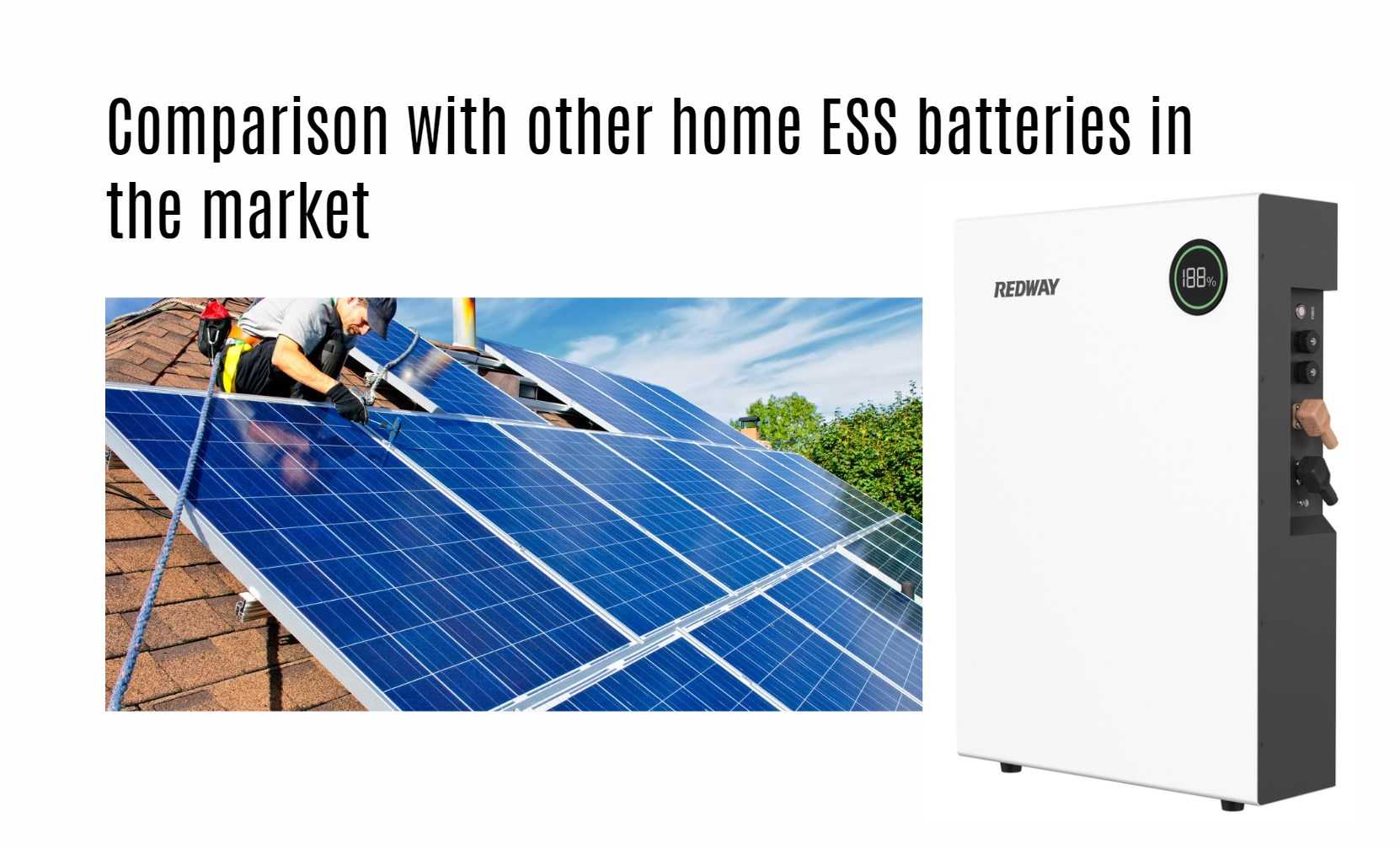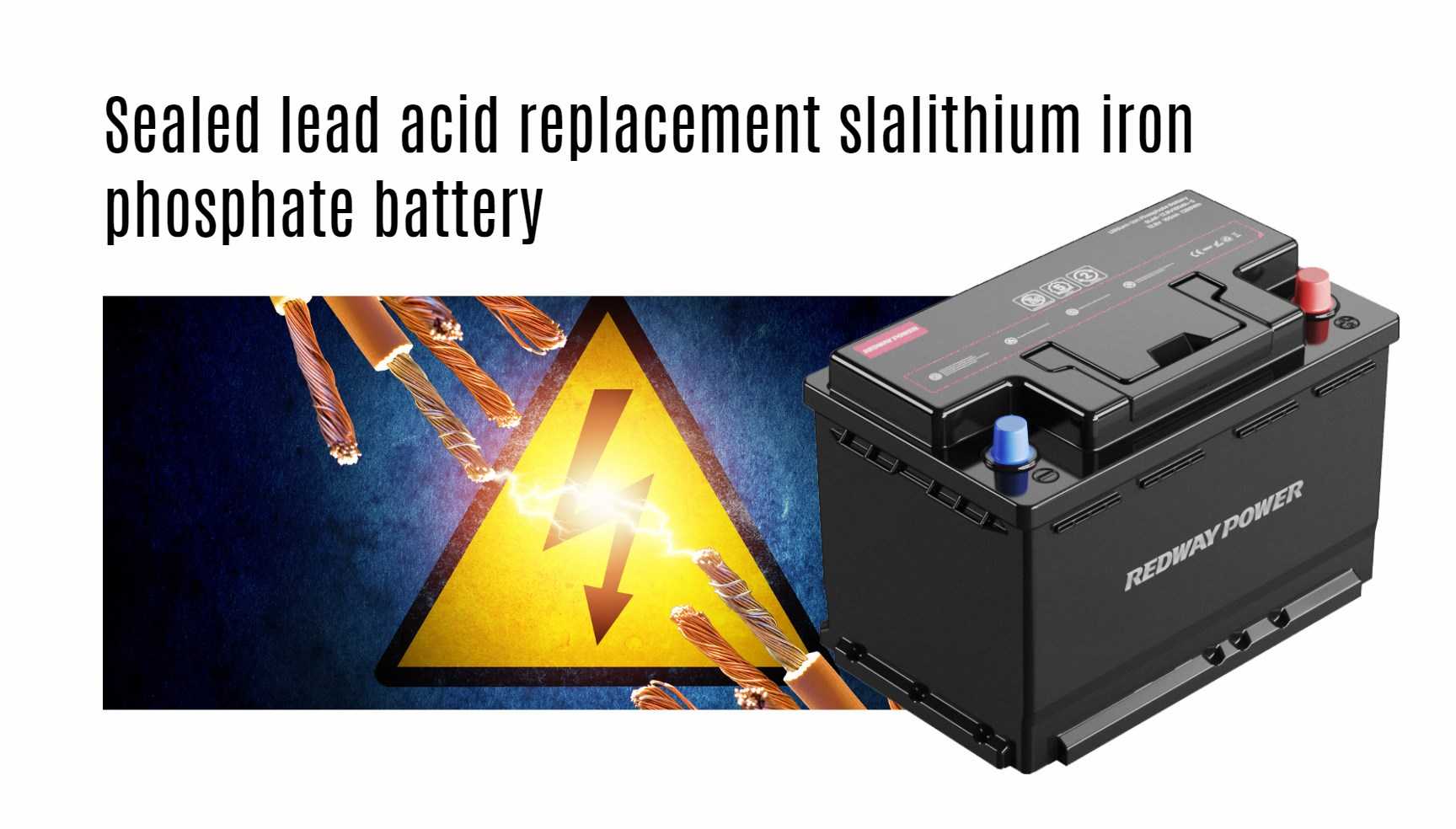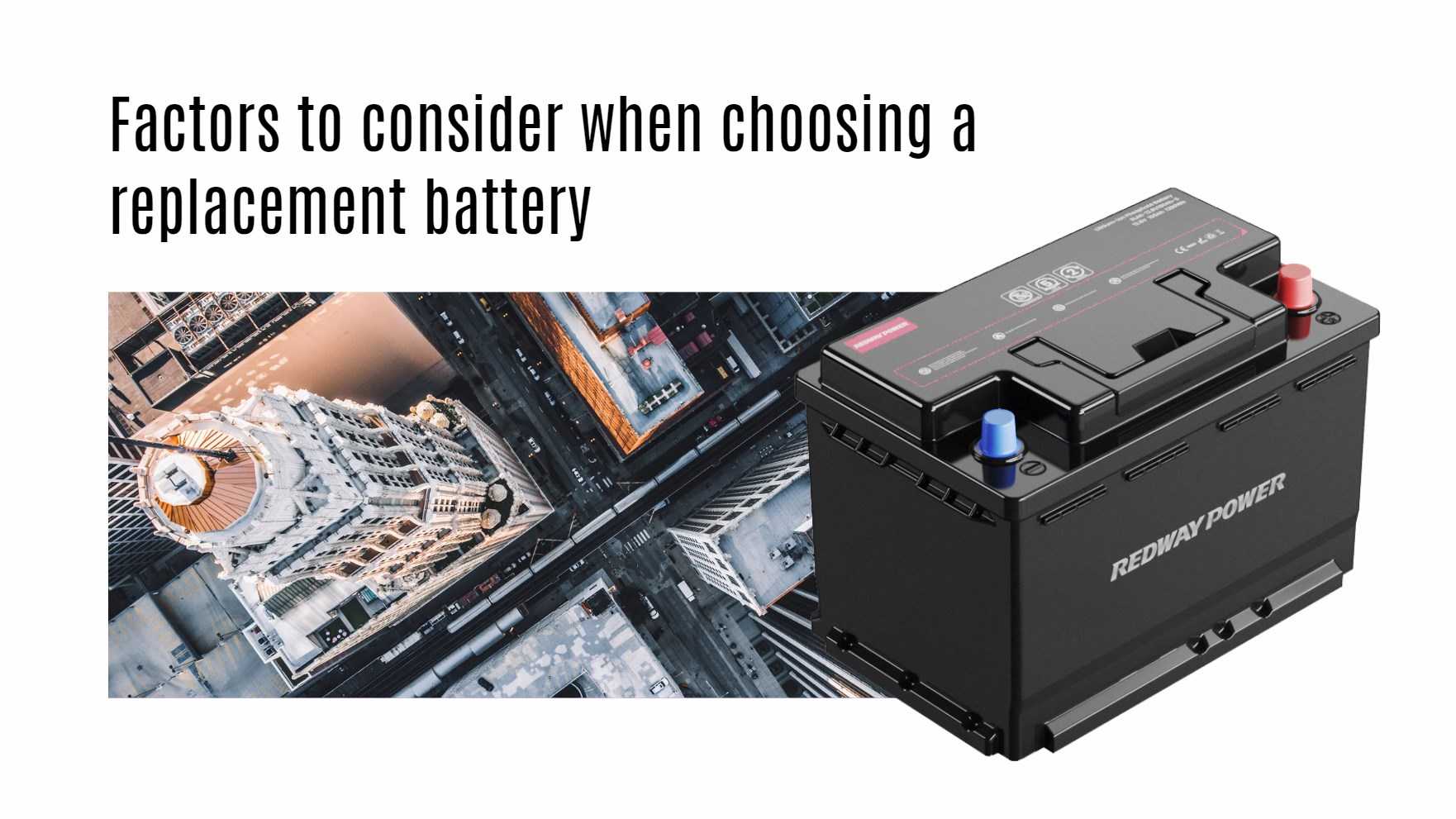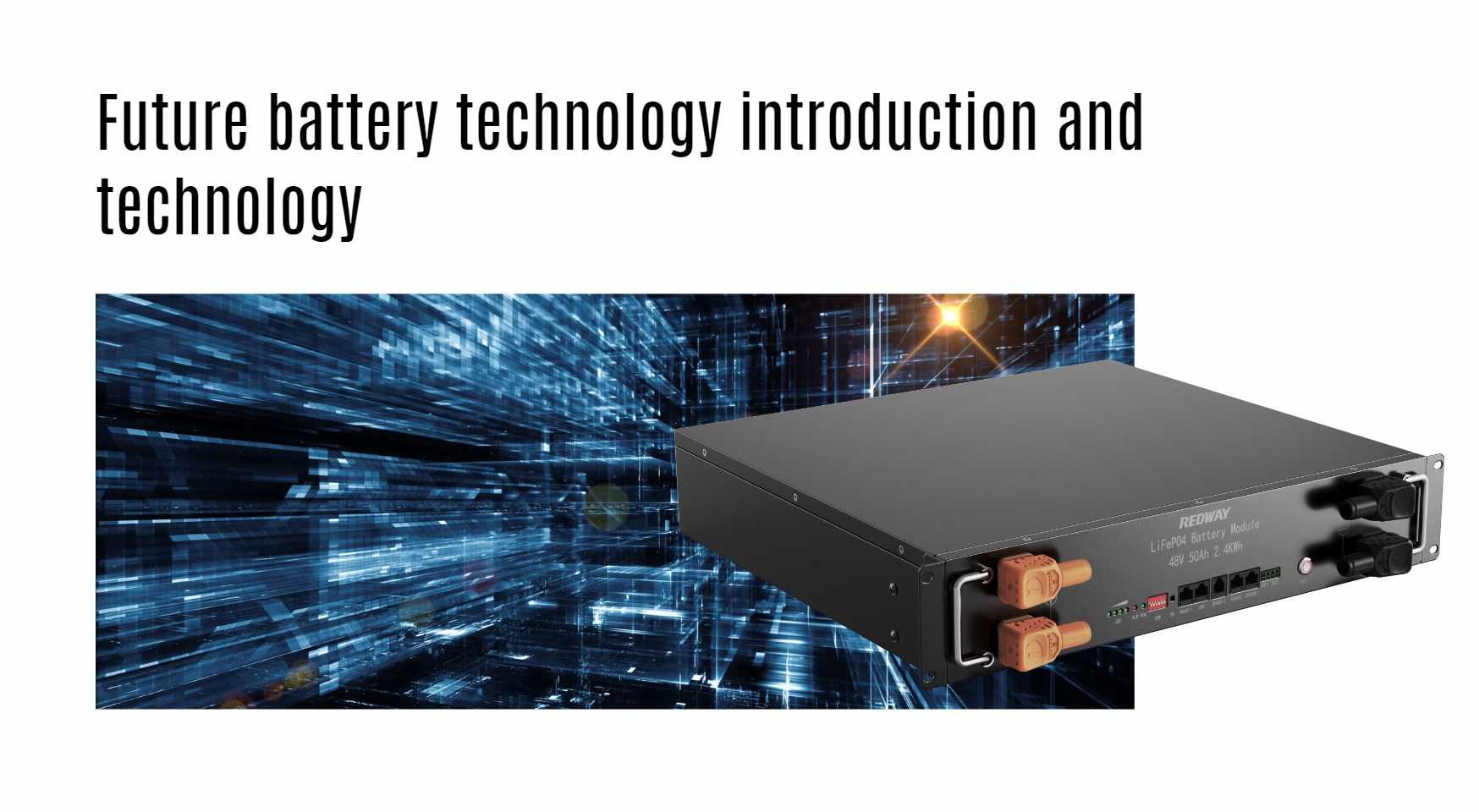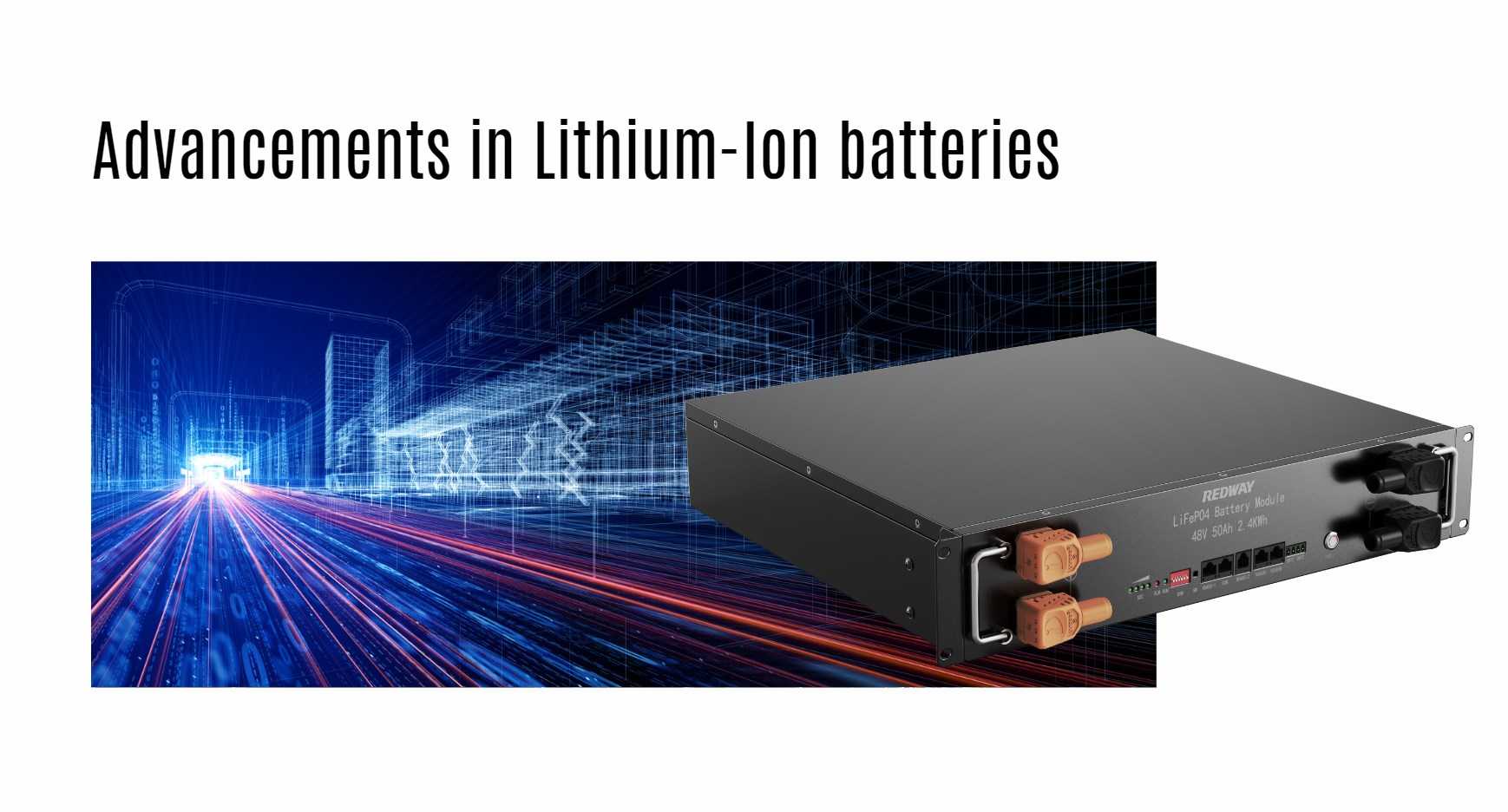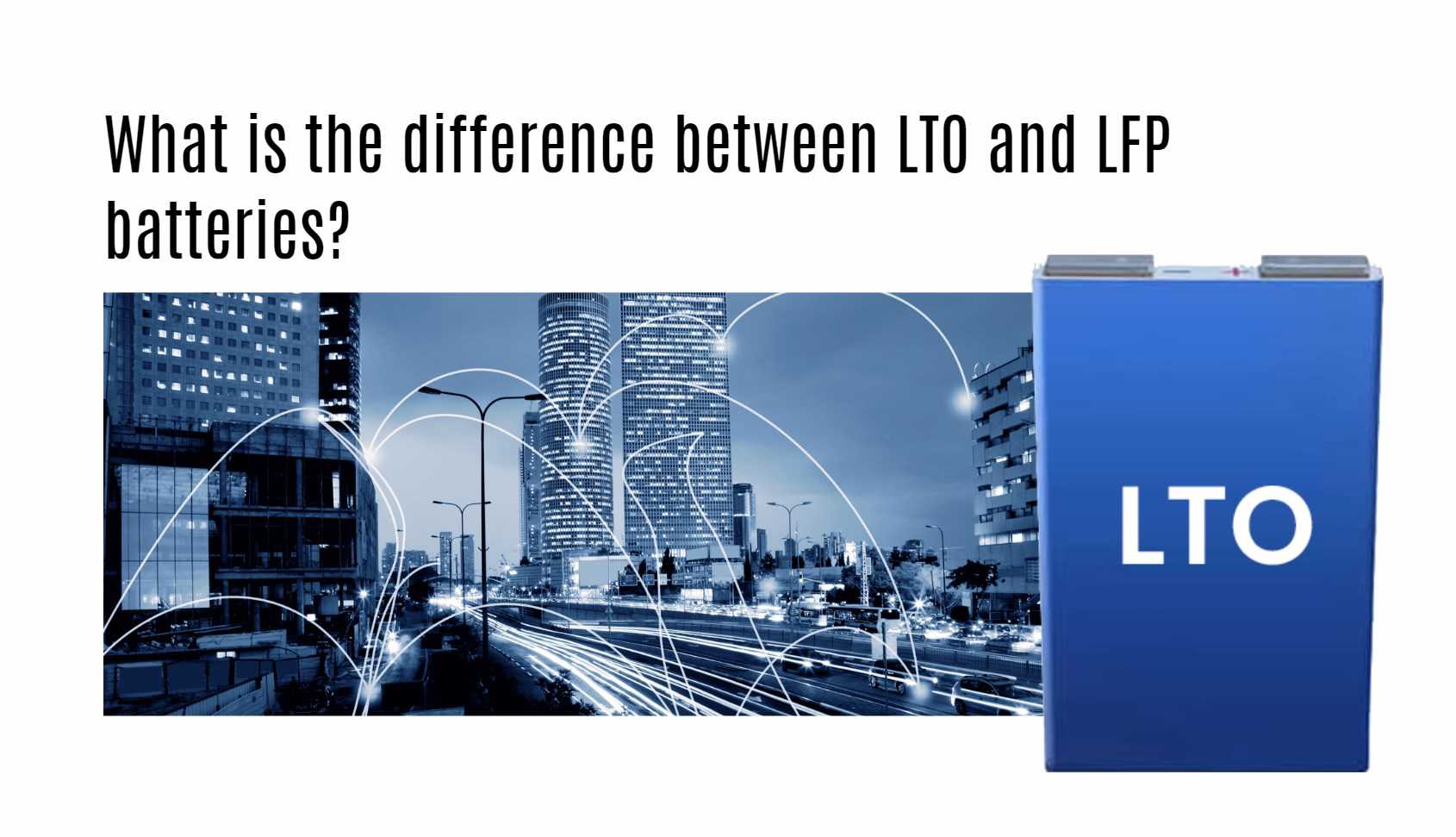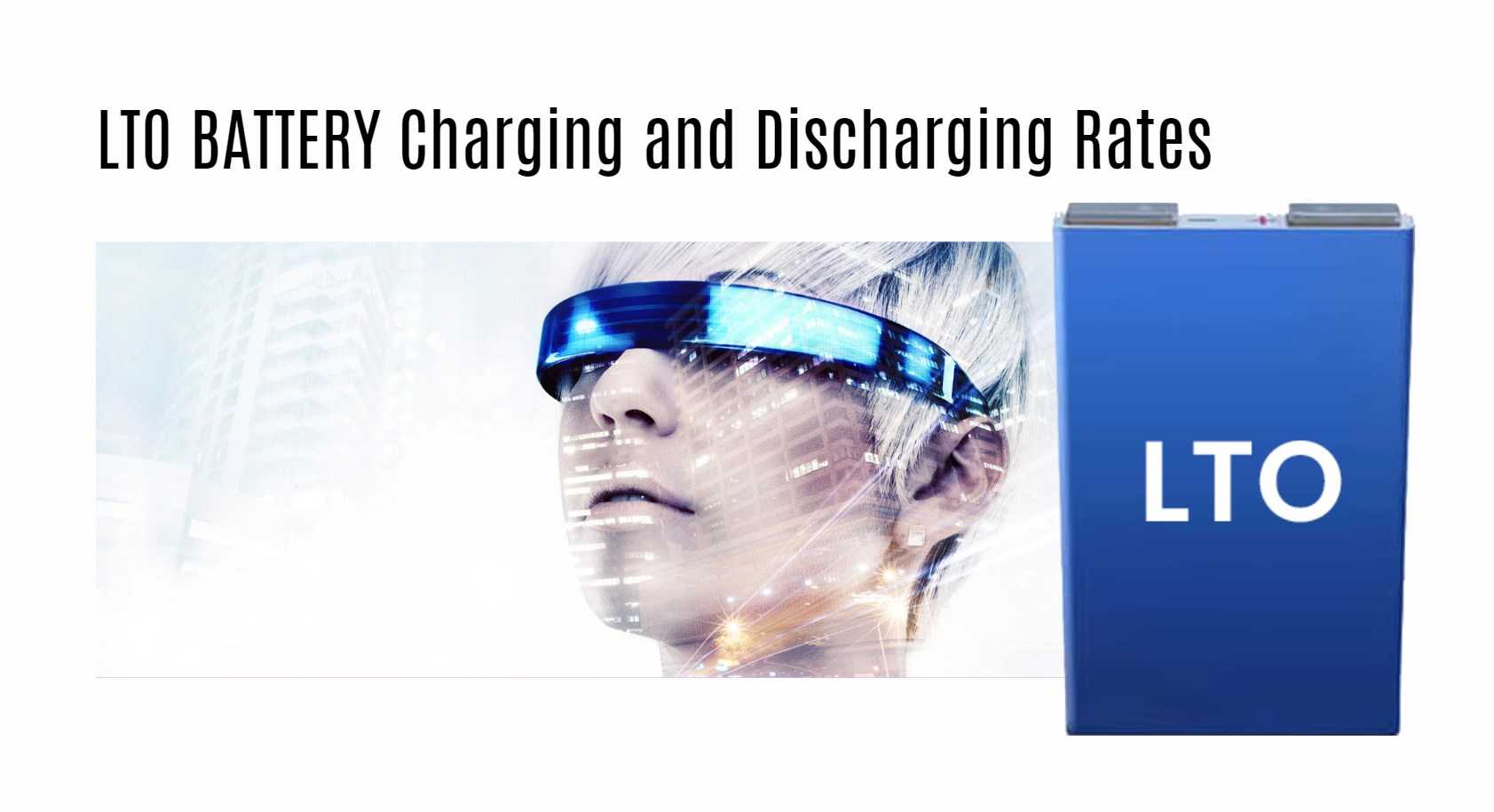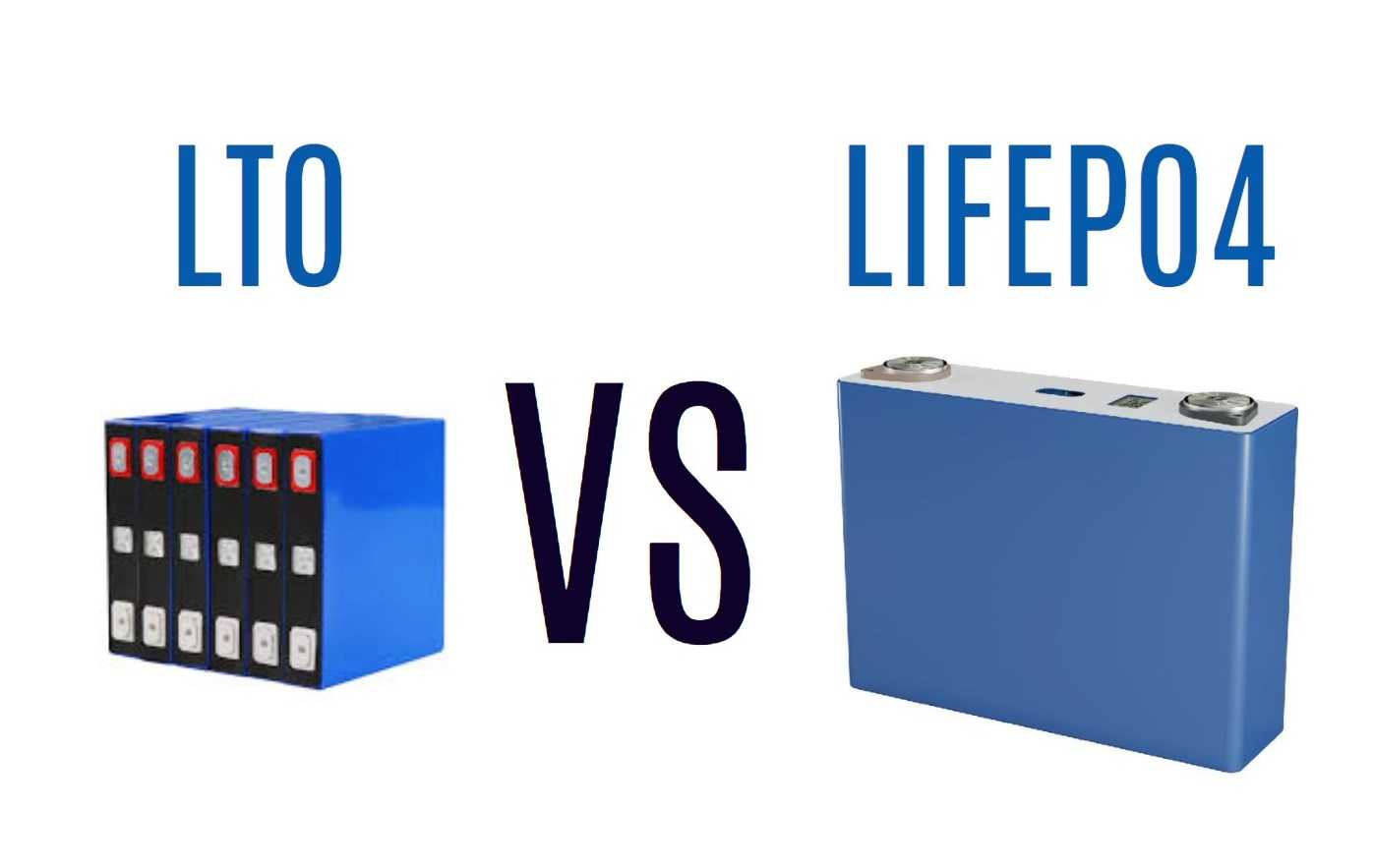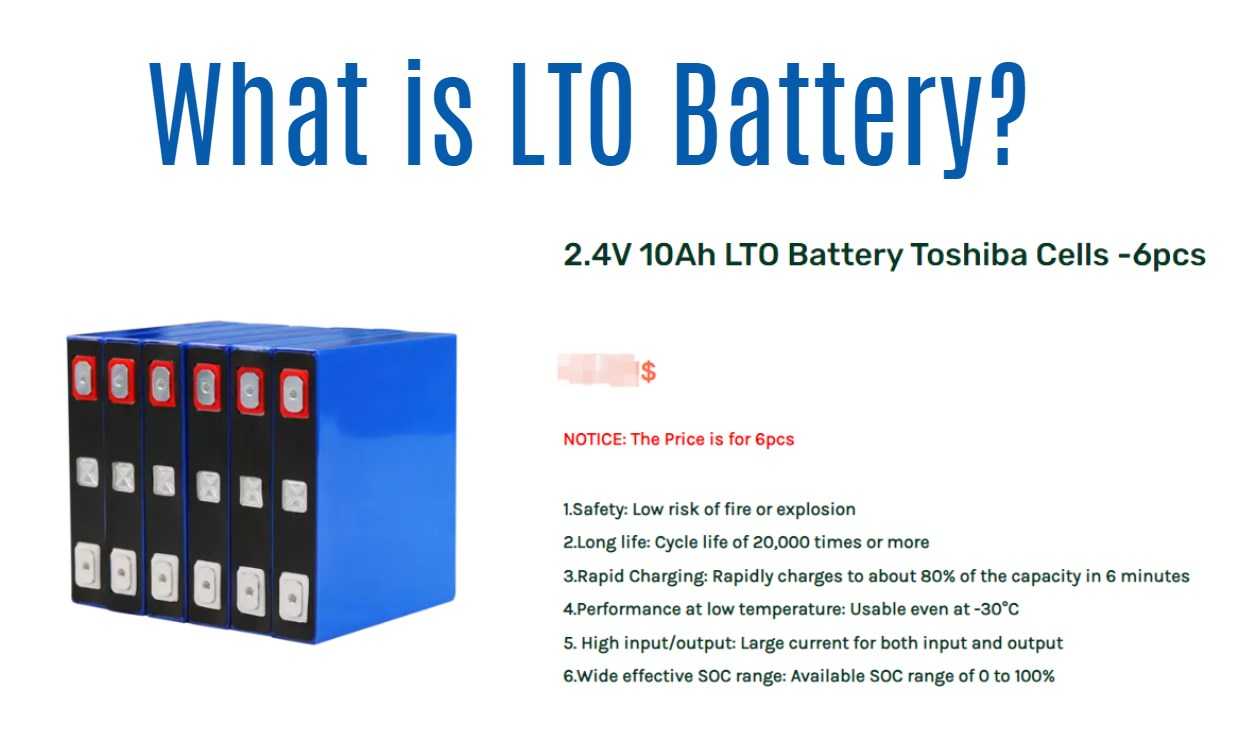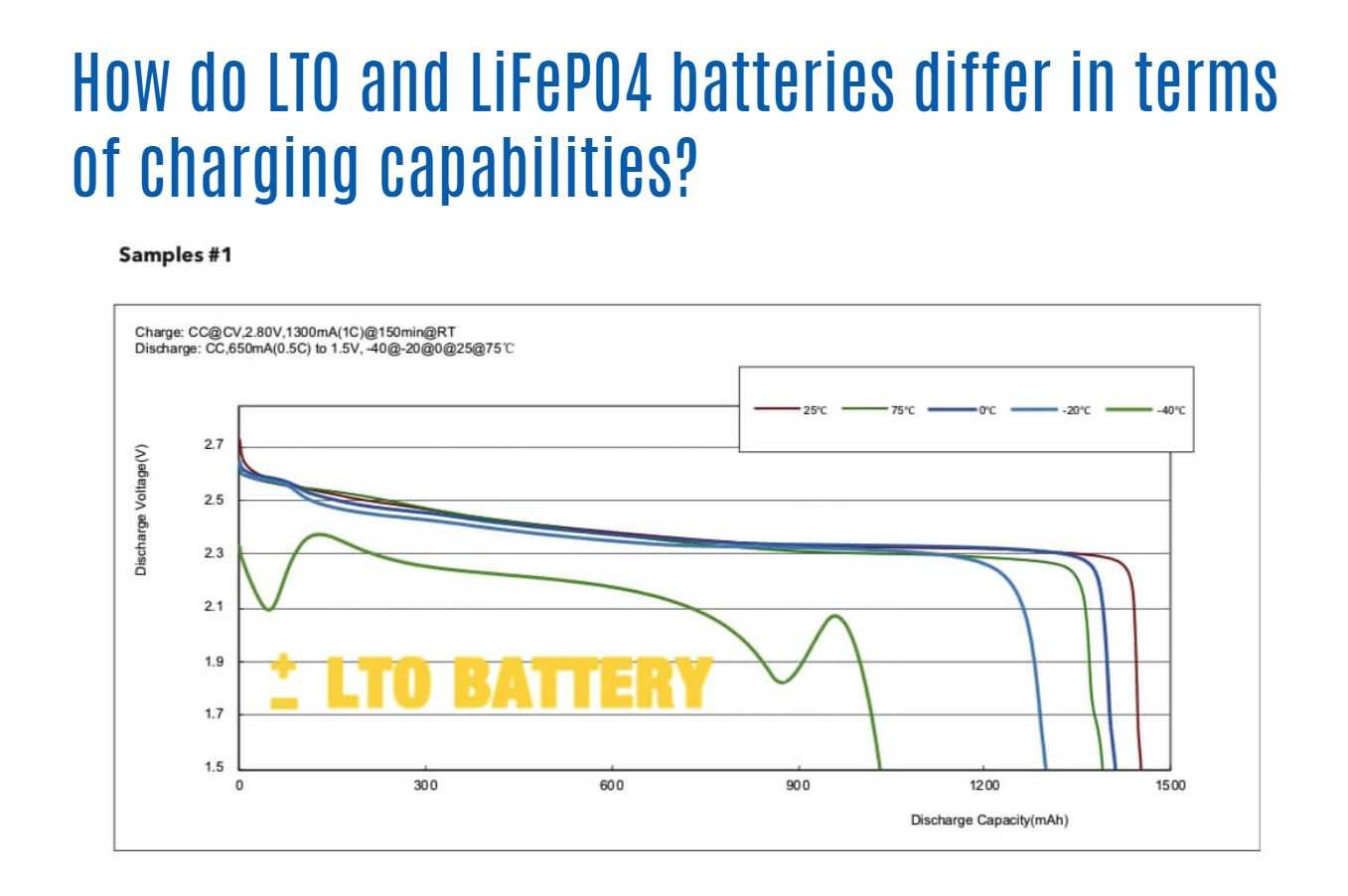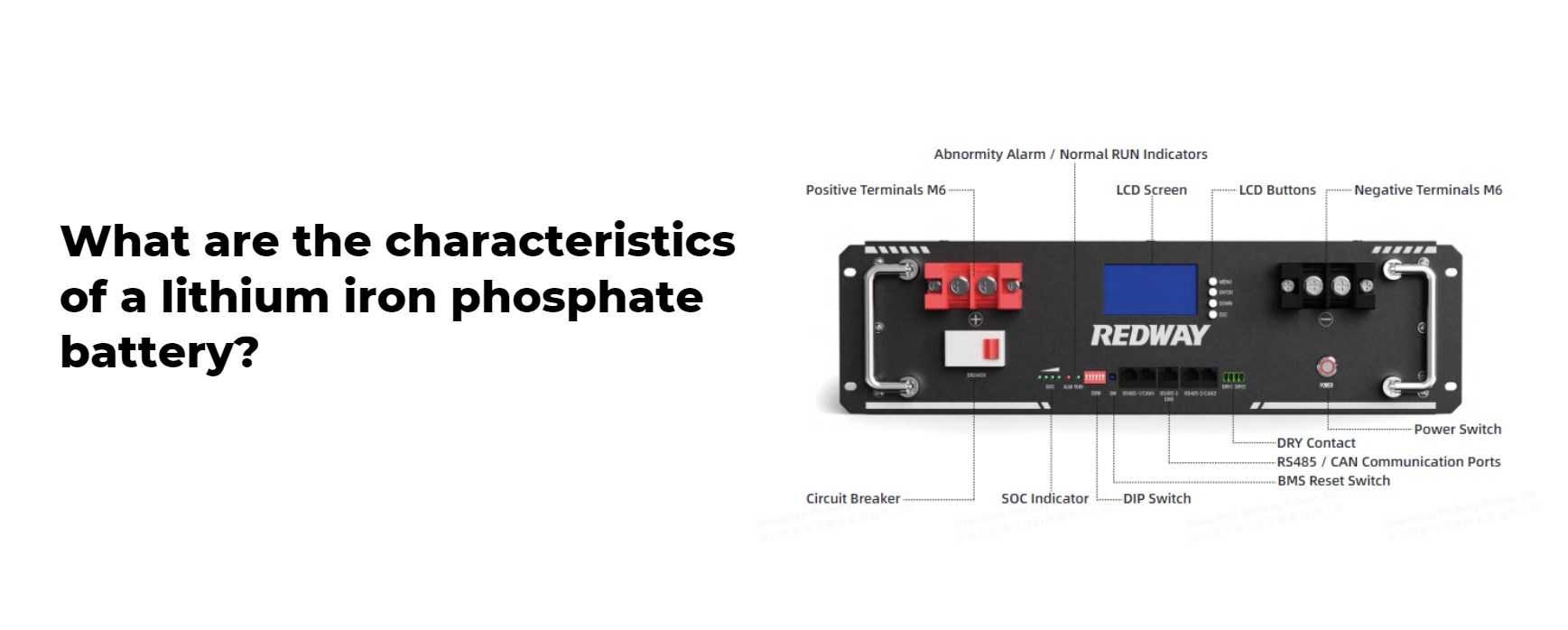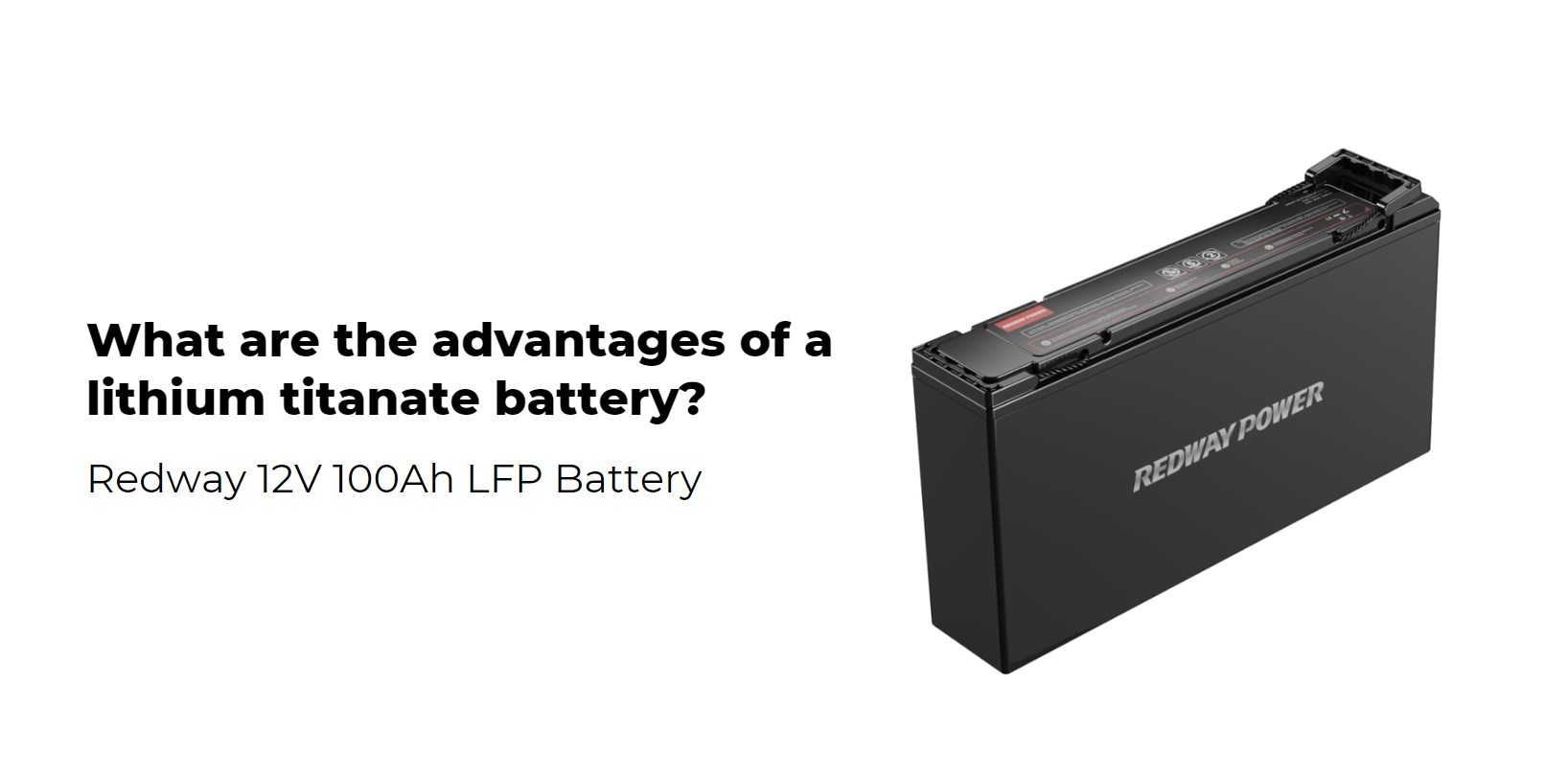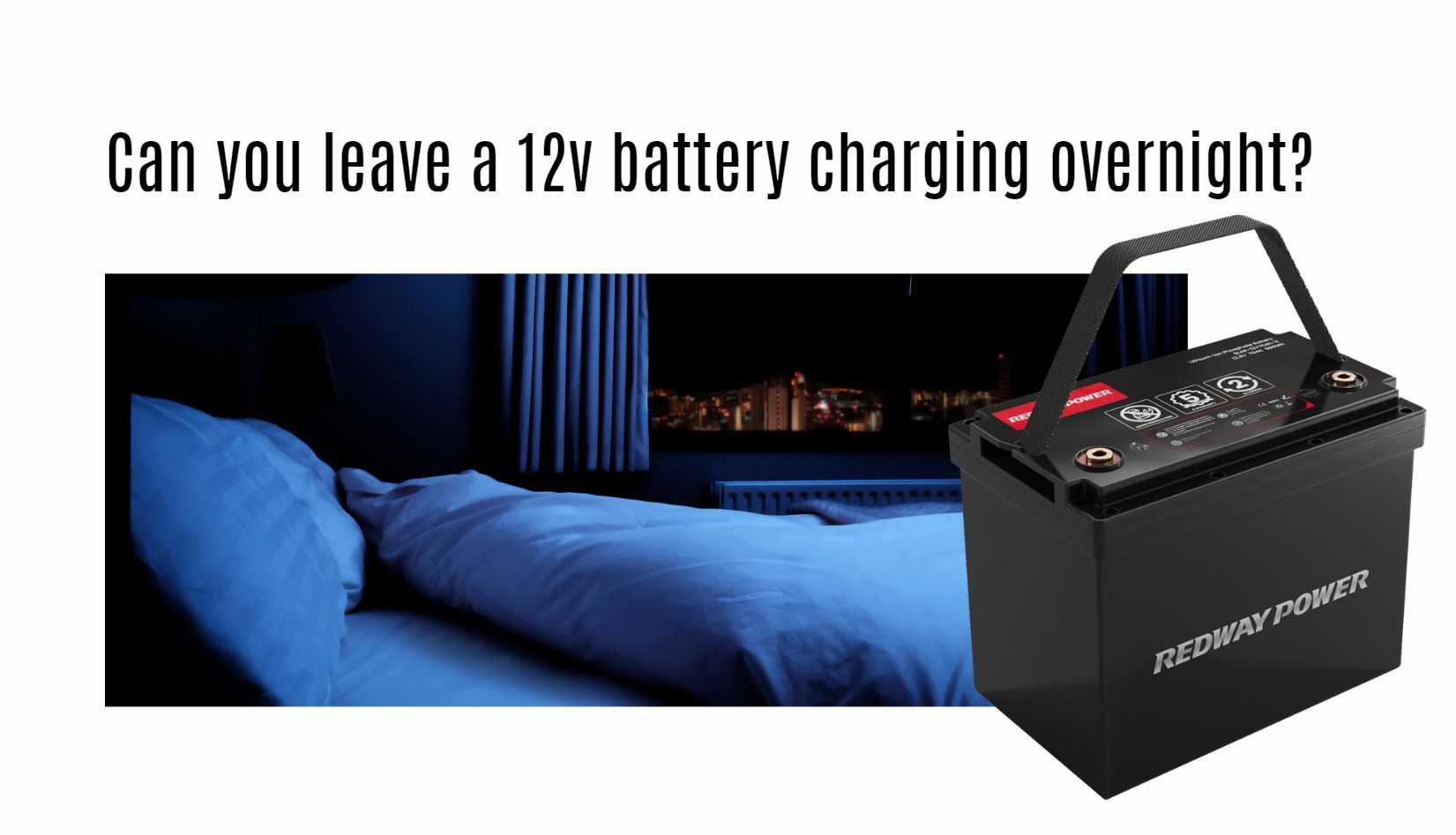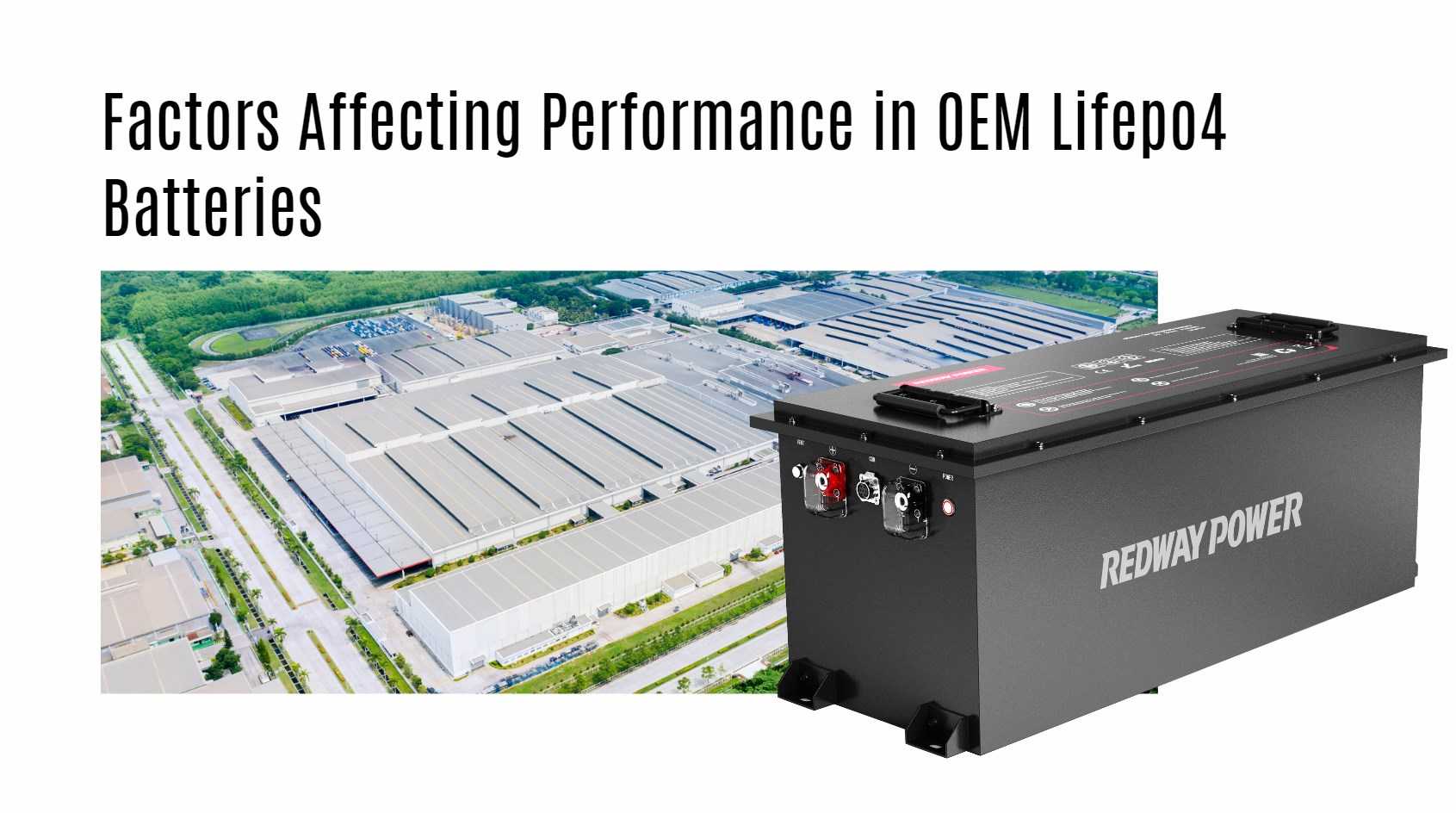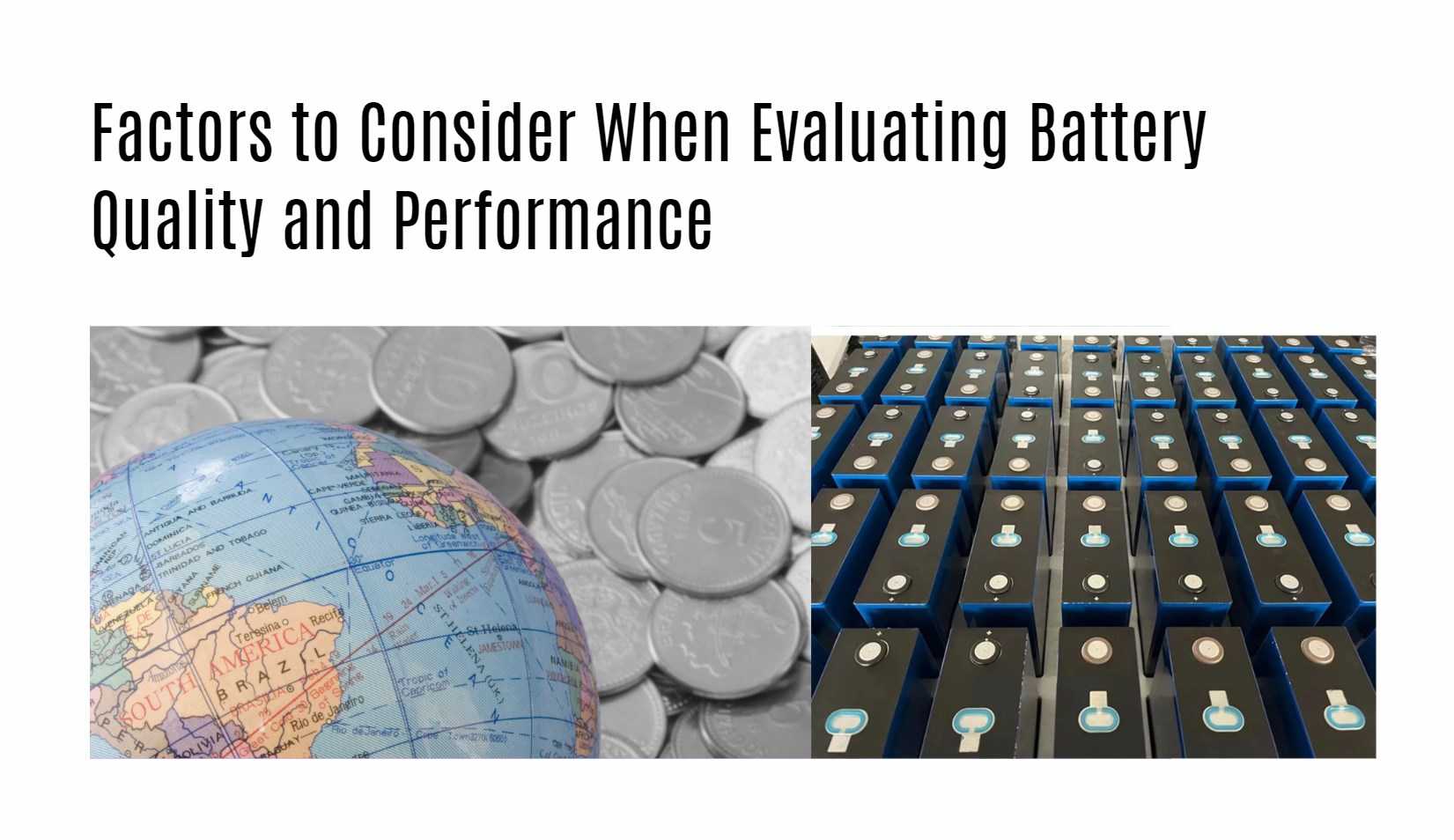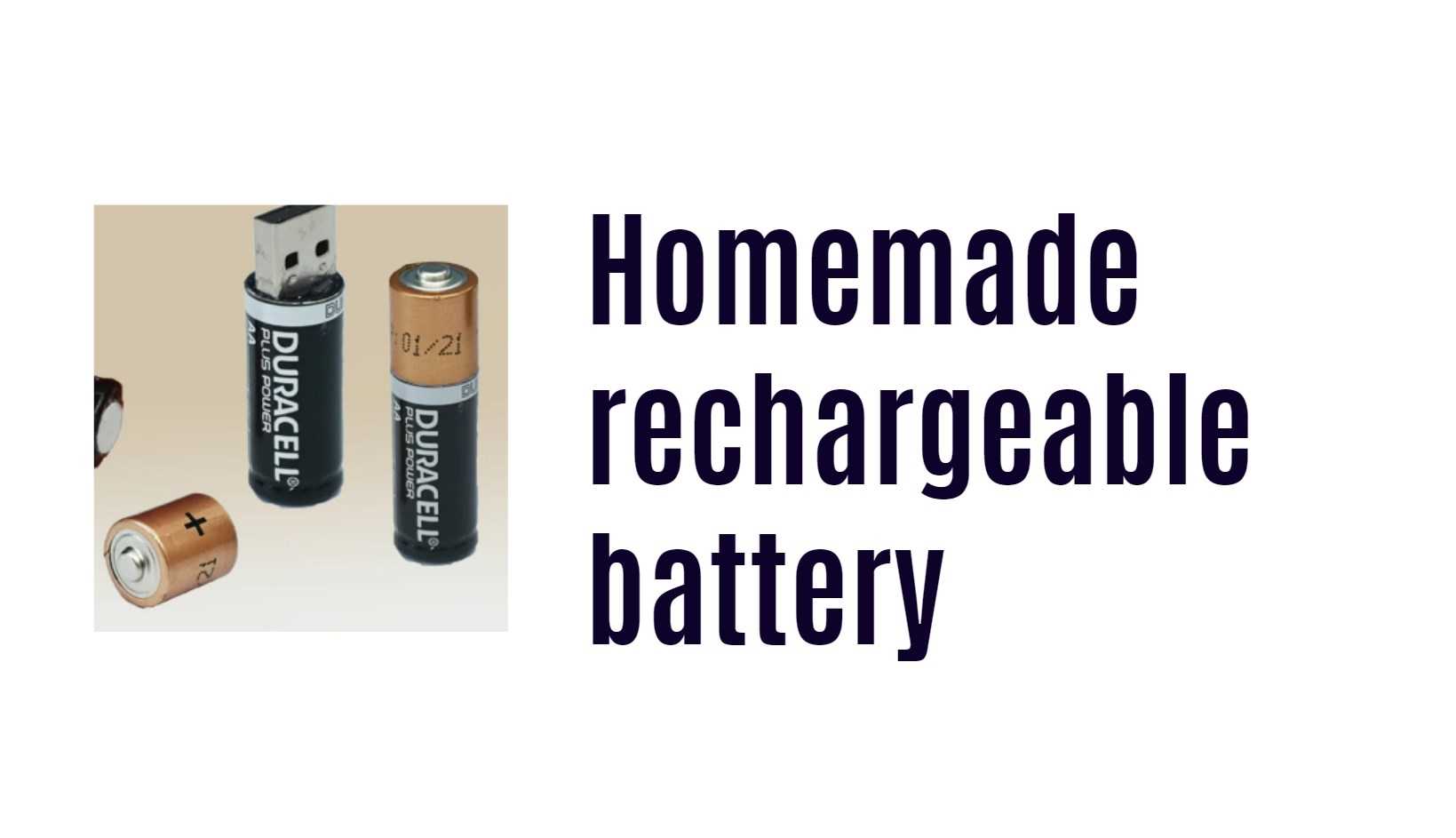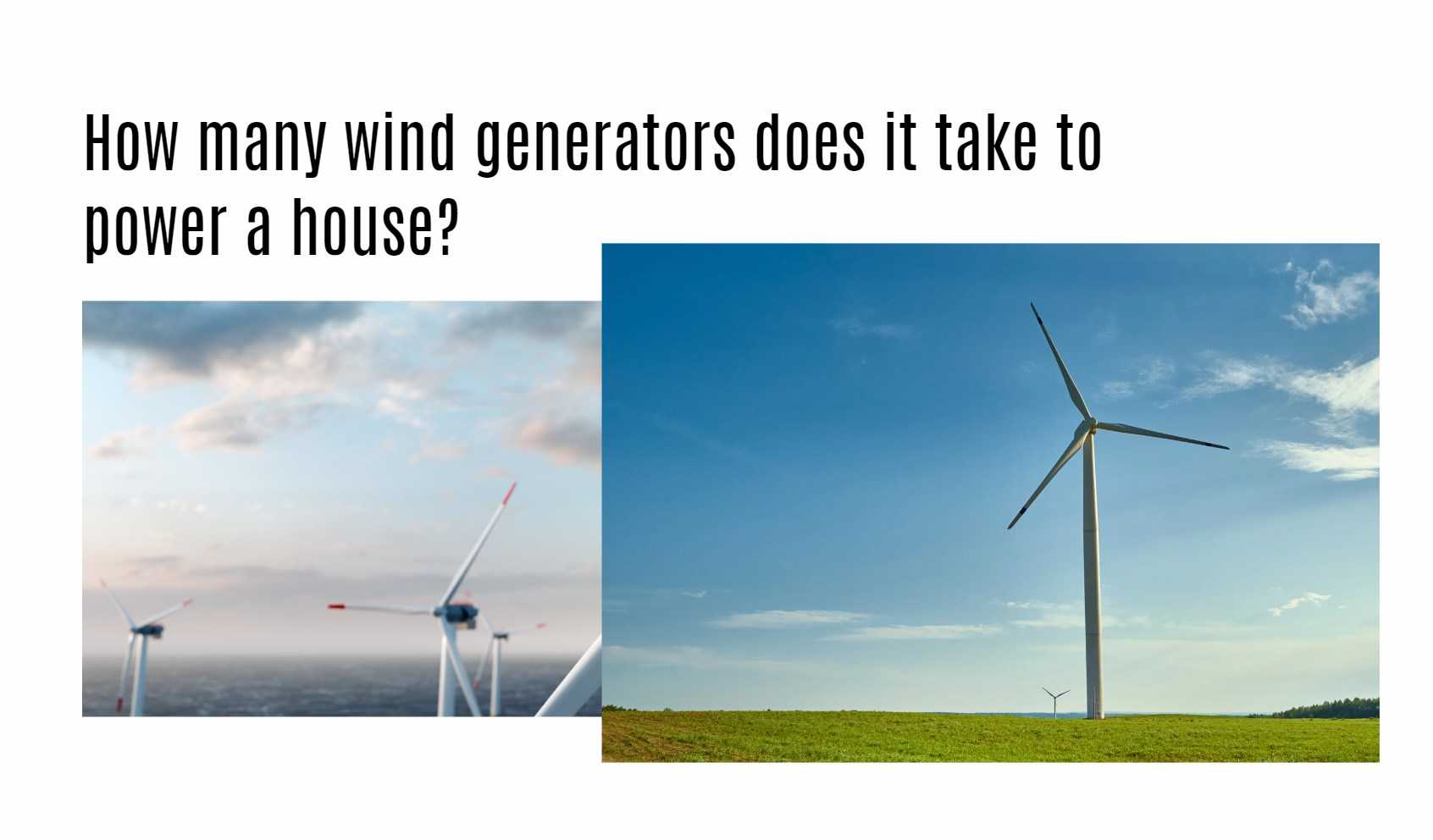PW51100-F power storage wall lithium battery for Home ESS
Are you ready to revolutionize your home’s energy storage system? Say hello to the PW51100-F power storage wall lithium battery! Imagine a seamless and reliable way to store and utilize energy at your fingertips. Let’s dive into the world of cutting-edge technology that is changing the game for Home Energy Storage Systems (ESS).
Benefits of using PW51100-F for home energy storage systems (ESS)
Are you looking to upgrade your home energy storage system (ESS) with a reliable solution? Look no further than the PW51100-F power storage wall lithium battery. This innovative battery offers numerous benefits that make it an excellent choice for residential use.
One of the key advantages of the PW51100-F is its high energy density, allowing for more power to be stored in a compact space. This means you can maximize your energy storage capacity without taking up valuable real estate in your home.
Additionally, the PW51100-F is known for its long cycle life, providing consistent performance and reliability over an extended period. With this battery, you can rest assured that your ESS will continue to operate efficiently for years to come.
Moreover, the advanced safety features of the PW51100-F make it a secure option for home use. From overcharge protection to thermal stability, this battery prioritizes safety without compromising on performance.
Technical specifications and features of PW51100-F
Looking for a reliable and efficient lithium battery for your home energy storage system? The PW51100-F power storage wall lithium battery might be just what you need.
This cutting-edge battery offers a high energy density, providing more power in a compact size. With a capacity of 5.1kWh, the PW51100-F can store enough energy to keep your home running smoothly during peak times or outages.
Equipped with advanced safety features such as overcharge protection and thermal management systems, this battery ensures peace of mind for homeowners. Additionally, its long cycle life and fast-charging capabilities make it a cost-effective solution for powering your home.
The PW51100-F is designed to seamlessly integrate into existing solar panel systems or work as a standalone unit. Its intelligent monitoring system allows you to track energy usage and optimize performance effortlessly.
Upgrade your home’s energy storage with the PW51100-F – the perfect blend of reliability, efficiency, and innovation!
Comparison with other home ESS batteries in the market
When it comes to home energy storage systems (ESS), the market offers a variety of options to choose from. Each battery has its own set of features and benefits, making the decision-making process quite challenging.
The PW51100-F power storage wall lithium battery stands out among its competitors for several reasons. Its high energy density allows for more power storage in a compact size, saving valuable space in your home. Additionally, its advanced technology ensures efficient and reliable performance over time.
In comparison to other ESS batteries in the market, the PW51100-F boasts exceptional cycle life and fast charging capabilities. This means you can rely on continuous power supply without worrying about frequent replacements or long charging times.
When considering which home ESS battery to invest in, the PW51100-F proves to be a top contender with its superior features and performance metrics.
Installation process and maintenance tips for PW51100-F
When it comes to installing the PW51100-F power storage wall lithium battery for your home energy storage system (ESS), the process is straightforward and hassle-free. Before starting, ensure you have all the necessary tools and equipment on hand.
Begin by carefully following the manufacturer‘s instructions provided with the battery. It’s essential to place the battery in a well-ventilated area away from direct sunlight or extreme temperatures to maximize its lifespan.
Connect the PW51100-F to your existing solar panels or wind turbines using the designated cables and connectors. Double-check all connections to guarantee a secure and stable setup.
For maintenance, regularly inspect the battery for any signs of wear or damage. Keep it clean by gently wiping it down with a soft cloth, being cautious not to use harsh chemicals that could corrode its components.
By following these installation process and maintenance tips for PW51100-F, you can ensure optimal performance and longevity for your home ESS system.
Customer reviews and experiences with PW51100-F
Have you ever wondered what actual customers have to say about the PW51100-F power storage wall lithium battery for Home ESS? Let’s dive into some real experiences and reviews shared by users who have incorporated this cutting-edge technology into their homes.
One customer mentioned how impressed they were with the seamless integration of the PW51100-F into their existing solar system. They highlighted its reliability during power outages, ensuring uninterrupted energy supply for essential appliances.
Another user praised the compact design of the PW51100-F, emphasizing how it saved valuable space in their home while still delivering impressive storage capacity. The ease of installation was also a common theme among reviewers, with many appreciating the straightforward setup process.
Customers seem overwhelmingly satisfied with the performance and efficiency of the PW51100-F power storage wall lithium battery. Their positive feedback serves as a testament to the quality and reliability of this innovative solution for home energy storage systems.
Conclusion: Is PW51100-F the best choice for your home ESS?
After reviewing the benefits, technical specifications, installation process, and customer reviews of the PW51100-F power storage wall lithium battery for Home ESS, it is clear that this battery stands out as a reliable and efficient option for home energy storage systems. With its high energy density, long lifespan, easy maintenance requirements, and positive feedback from users, the PW51100-F proves to be a top contender in the market.
When considering which battery to choose for your home ESS needs, the PW51100-F offers a compelling combination of performance and convenience. Its advanced features make it a solid investment for those looking to optimize their energy usage while reducing their environmental impact.
In conclusion: If you are searching for a dependable and effective solution for your home energy storage system, the PW51100-F power storage wall lithium battery is definitely worth considering.


